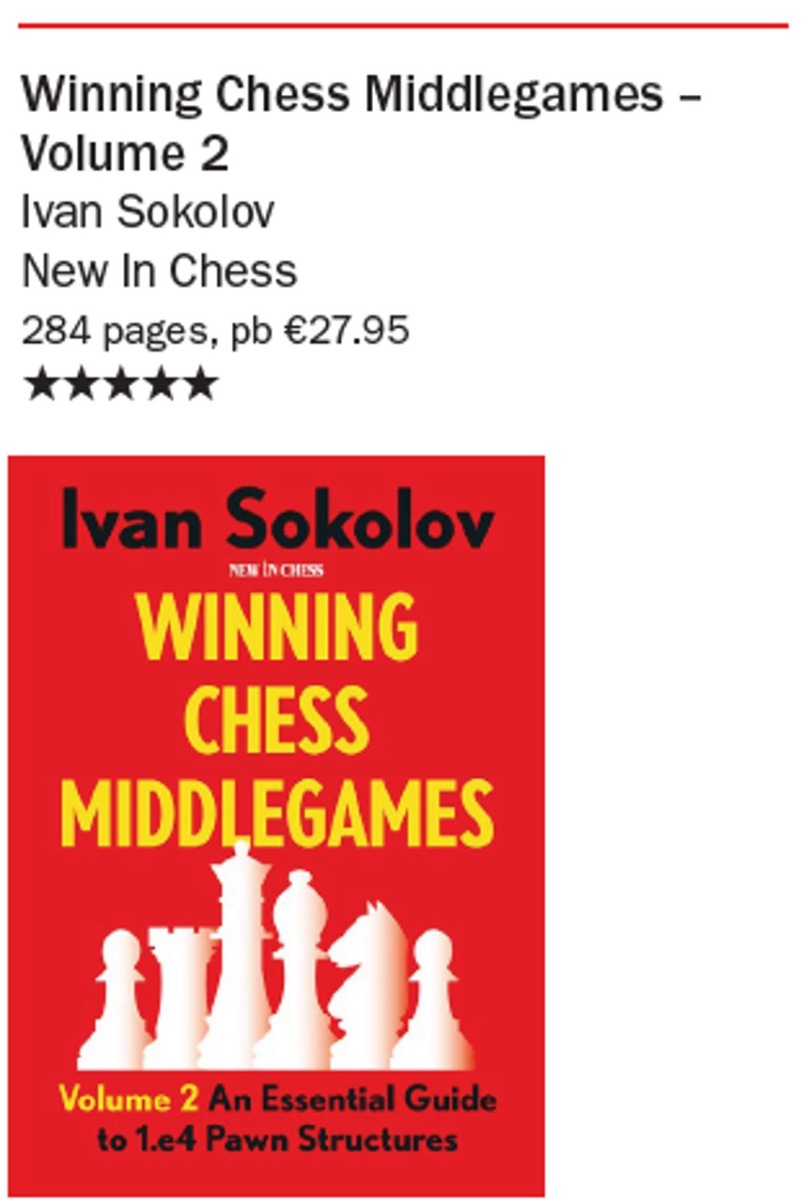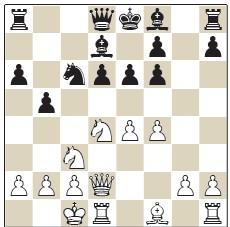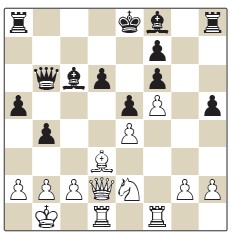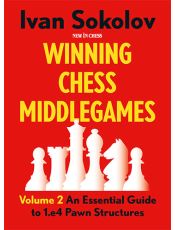Real chess is ugly and dirty
This book review by Matthew Sadler was published in New In Chess magazine 2024#2
Matthew Sadler wanted chess to be a clean and simple game. He desired to win with a carefully prepared opening and a clear middlegame strategy. But chess more often resembles a dizzying mix of refined play and the brutal desire to win any position by any means, all interrupted by a manic time-trouble phase.
One of my biggest failings as a professional chess player was that – in my heart – I wanted chess to be a simple, clean game. Direct opening schemes polished by careful preparation leading to clear middlegame strategies powered to victory by precise calculation – that’s what I desired, especially with the white pieces!
This yearning was so strong that I tailored my preparation towards that goal in every variation of every opening. When it worked, it went beautifully. However, this approach made me inflexible and vulnerable to the inevitable glitches of practical play. I wasn’t helpless when things did not go as expected, but it cost me mental effort (and valuable clock time) during the game to ‘reprogram’ myself to the new situation. And if the situation changed too often, this became a real drain on my energy.
 Aaagh, am I going to be giving five stars to every book this month? The problem is, I learnt so much interesting stuff from Winning Chess Middlegames by Ivan Sokolov that I’d feel really bad if I didn’t! Fans of Ivan’s books will not be disappointed as he delivers his patented thematic approach, this time focusing on 1.e4 openings. The book is divided up into seven chapters, each chapter focusing on the middlegames arising from a specific opening system or pawn structure, with a set of exercises in the final chapter. The chapters are pretty diverse: the Sicilian Rauzer Variation (specifically the key structures with doubled f-pawns) – see diagram –
Aaagh, am I going to be giving five stars to every book this month? The problem is, I learnt so much interesting stuff from Winning Chess Middlegames by Ivan Sokolov that I’d feel really bad if I didn’t! Fans of Ivan’s books will not be disappointed as he delivers his patented thematic approach, this time focusing on 1.e4 openings. The book is divided up into seven chapters, each chapter focusing on the middlegames arising from a specific opening system or pawn structure, with a set of exercises in the final chapter. The chapters are pretty diverse: the Sicilian Rauzer Variation (specifically the key structures with doubled f-pawns) – see diagram – the Maroczy Bind, the Hedgehog, the Sveshnikov (focusing on exchange sacrifices by White), the French Winawer and various 1.e4 e5 systems.
the Maroczy Bind, the Hedgehog, the Sveshnikov (focusing on exchange sacrifices by White), the French Winawer and various 1.e4 e5 systems.
This approach works really well. Firstly, Ivan always shares his opening knowledge generously so you inevitably pick up a lot of theoretical ideas along the way. Secondly, Ivan addresses topics that often leave you confused when reading through a ‘pure’ opening book. That’s particularly the case for complex openings such as the Sicilian Rauzer, that often resolve to something like this: Those positions are a mixture of intuitive factors that you assess ‘with your eyes’ (for example, strong outpost on d5 for a white minor piece, backward d6-pawn with Black’s dark-squared bishop tied to its defence) and less obvious factors you need to ‘see with your mind’, such as the fact that a white knight – thanks to Black’s pawns on e5 and b4 – has no clear path to the d5-square. Many positions look similar and it can be a real struggle to pick out the right features to focus on from a mass of opening lines. I won’t reveal all of Sokolov’s insights here but after reading the chapter, I clearly understood what both sides should be aiming for and how to balance the blend of static and dynamic factors when assessing the position... which was a first for me! I had a similar experience for all of the other openings Ivan covers.
Those positions are a mixture of intuitive factors that you assess ‘with your eyes’ (for example, strong outpost on d5 for a white minor piece, backward d6-pawn with Black’s dark-squared bishop tied to its defence) and less obvious factors you need to ‘see with your mind’, such as the fact that a white knight – thanks to Black’s pawns on e5 and b4 – has no clear path to the d5-square. Many positions look similar and it can be a real struggle to pick out the right features to focus on from a mass of opening lines. I won’t reveal all of Sokolov’s insights here but after reading the chapter, I clearly understood what both sides should be aiming for and how to balance the blend of static and dynamic factors when assessing the position... which was a first for me! I had a similar experience for all of the other openings Ivan covers.
All-in-all, a book brimming with quality and instruction that I would recommend to any advanced player looking to deepen his or her understanding of structures and middlegames! Recommended! Five stars!
